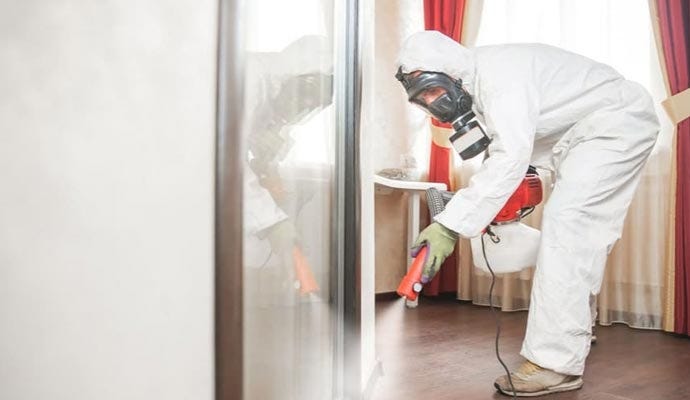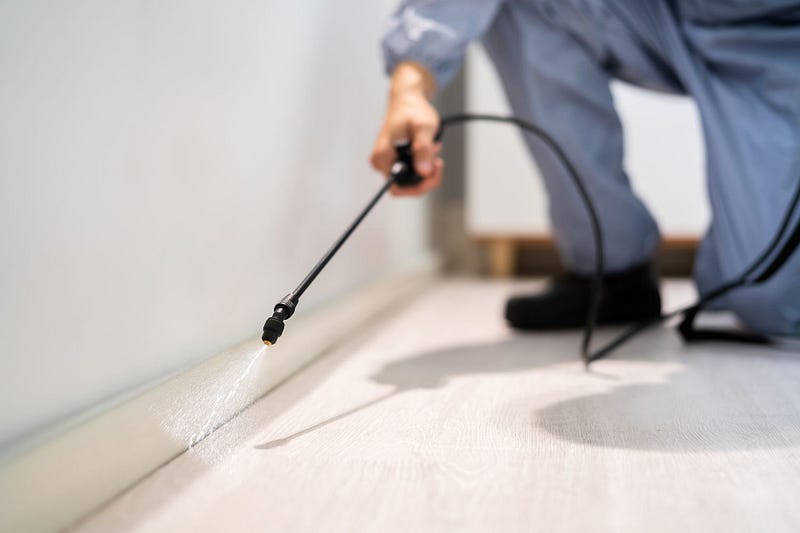
Begin of high fashion in small workshop
Clothing alterations are not mere adjustments—they are precise sartorial recalibrations that can either elevate a garment or irrevocably compromise its integrity. In the intricate world of tailoring, a single misstep can result in ill-fitting silhouettes, fabric distortions, and irreparable fashion blunders. Avoiding common mistakes in clothes alteration is essential to ensure your garments retain both their elegance and functionality.
1. Neglecting Fabric Characteristics
Fabric is a living medium, each with its own temperament and tolerance.
Understanding Fabric Behavior Before Alterations
Failing to understand how fabrics respond to cutting, stitching, and reshaping is a critical oversight. Stretch fabrics like jersey behave differently from structured materials like wool or brocade. Delicate silks may fray under tension, while thick denims resist nuanced adjustments. Without respect for the fabric’s grain and elasticity, the altered garment can quickly lose its form and durability.
2. Poor Measurements Lead to an Ill Fit
The tape measure is the tailor’s compass—precision cannot be compromised.
Precision is Key in Garment Adjustments
Erroneous measurements cascade into poorly balanced seams, puckering, and asymmetry. An extra half-inch overlooked on the waist or a misjudged sleeve length can destabilize the entire aesthetic of a garment. It is vital to measure while considering posture, natural stance, and the type of undergarments typically worn with the clothing.
3. Choosing Inexperienced Tailors
Skill is the unseen thread that holds garment perfection together.
The Value of Skilled Artisans in Clothing Alterations
In the bustling avenues of clothing alterations in London, not all tailors possess the nuanced artistry required for delicate adjustments. An inexperienced hand may lack the technical acumen to handle complex fabrics, leading to crooked seams or disproportionate contours. Opt for reputable boutiques where mastery is demonstrated, not promised.
4. Ignoring Garment Proportions
Alterations that address one area while neglecting overall balance lead to visual discord.
How Imbalanced Adjustments Compromise Style
A hemline shortened without tapering the sides can leave a dress looking boxy. Similarly, taking in the waist without adjusting the shoulder width can create unnatural tension lines. Each garment has an architectural harmony that must be preserved during the alteration process to maintain visual fluidity.
5. Over-Altering Beyond the Garment’s Limits
Fabric can only withstand so much before its structural integrity falters.
Recognizing Structural Boundaries in Alterations
Attempting to drastically resize a garment, especially one with intricate boning or built-in shaping, can cause distortion or even garment collapse. Dress alterations should respect seam allowances and stitching limits. Pushing beyond these thresholds risks fraying edges and weakened seams that cannot endure regular wear.
6. Failing to Consider Wearability Post-Alteration
A garment may look exquisite on a mannequin but prove restrictive on the human form.
The Importance of Movement and Comfort
Clothing must accommodate natural movement—sitting, walking, reaching. Tightening a bodice without allowing for breathability or shortening trousers without considering the stride can render a garment unwearable. Comfort should never be sacrificed on the altar of style.
7. Skipping the Fitting Sessions
Final fittings are not optional—they are the definitive safeguard.
Final Fittings: The Essential Last Checkpoint
Foregoing the last fitting session leaves potential issues unresolved. It is during these pivotal moments that minute adjustments can be made, ensuring the garment drapes perfectly and that no discomfort emerges when in motion. Multiple fittings ensure that both aesthetics and comfort converge flawlessly.
How to Select the Right Alteration Boutique
Selecting a professional clothing alterations boutique requires more than convenience. Seek ateliers with extensive portfolios, positive client testimonials, and transparent consultation processes. In London’s vibrant tailoring scene, reputable boutiques stand out for their meticulous craftsmanship and attentive service.
The Role of Consultation in Preventing Mistakes
A detailed consultation establishes clear expectations, identifies garment limitations, and defines achievable outcomes. Through this dialogue, both tailor and client align on fit preferences, usage scenarios, and fabric sensitivities, minimizing miscommunication.
Common Garments That Require Meticulous Alterations
Bridal gowns, tailored suits, and evening dresses often necessitate surgical precision. Garments with beading, complex linings, or unconventional cuts demand extra vigilance to preserve their structural and visual integrity during alterations.
Special Considerations for Dress Alterations
Dress alterations involve intricate balancing of hemlines, waistlines, and bodices. Evening gowns and cocktail dresses often require fabric easing to ensure that movement remains fluid. Understanding the layering and weight distribution in dresses is crucial to achieving seamless adjustments.
Key Questions to Ask Your Tailor Before Committing
-
Does the tailor specialize in the type of garment?
-
What is the estimated turnaround time?
-
How many fittings are included?
-
Are there limitations to the requested alterations?
-
What aftercare is recommended to maintain the garment’s longevity?
Conclusion
Garment alterations, when executed with skill and precision, are transformative. In the sartorial hubs of London, clothing alterations and dress alterations demand more than basic tailoring—they require an expert’s discernment and a craftsman’s hand. By steering clear of these common mistakes, garments not only achieve the perfect fit but also retain their original charm and functionality. Quality alterations are the silent curators of personal style
FAQs
1. How do I know if my garment can be successfully altered?
Not all garments are suitable for extensive alterations. Key factors include the presence of sufficient seam allowances, fabric type, and the garment’s internal structure. During the initial consultation, a skilled tailor can assess whether the clothing can handle the desired adjustments without compromising its integrity.
2. How many fittings should I expect for a typical alteration?
Most professional clothing alterations in London require at least two to three fittings. The first fitting addresses major adjustments, the second refines the details, and the final fitting ensures the garment fits perfectly in motion. Skipping fittings increases the risk of dissatisfaction and improper fit.
3. Can I make drastic size changes to a garment through alterations?
Drastic resizing—such as reducing a garment by more than two sizes—can stress the fabric and distort the original design. While minor size changes are often successful, pushing the garment beyond its structural limits may result in weakened seams or an awkward silhouette. A qualified tailor will advise on what’s realistically achievable.
4. Why is it important to select a specialized alterations boutique for dresses?
Dress alterations, especially for complex garments like bridal or evening gowns, require specialized skills. Tailors experienced in dress alterations understand fabric behavior, garment balance, and intricate detailing. Choosing a boutique with this expertise ensures the garment’s elegance and comfort are preserved throughout the process





